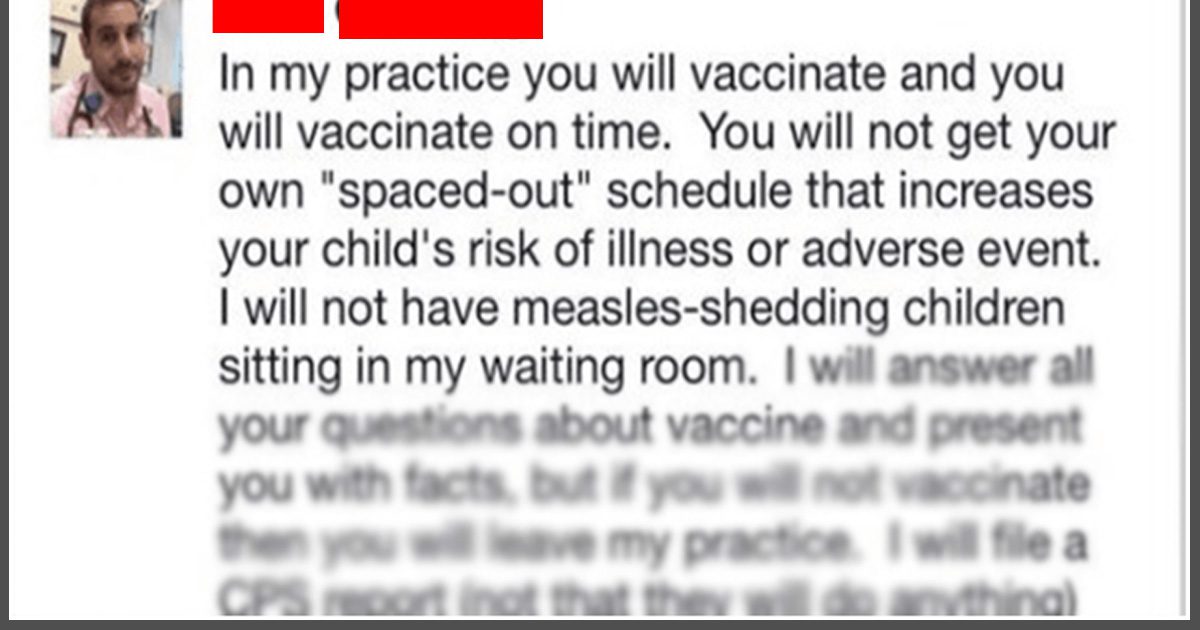Doctors told Kristopher Boeson’s parents he’d likely be a quadriplegic for life after a car accident left him paralyzed from the neck down.
Kris was presented a “hail mary” opportunity to go through a potentially life-changing procedure involving stem cells, which ‘have the capability to repair injured nervous tissue through replacement of damaged cells‘. The experimental procedure did not guarantee any restoration to Kris’s paralysis, but to him, the risk was worth taking.
The process began in April where Dr. Liu injected 10 million AST-OPC1 cells directly into Kris’ cervical spinal cord. (AST-OPC1 cells come from donated eggs that are fertilized in vitro (ie. in a petri dish). Dr. Liu explains that; “Typically, spinal cord injury patients undergo surgery that stabilizes the spine but does very little to restore motor or sensory function. With this study, we are testing procedure that may improve neurological function, which could mean the difference between being permanently paralyzed and being able to use one’s arms and hands. Restoring that level of function could significantly improve the daily lives of patients with severe spinal injuries.”
The Results
Kris started showing signs of improvement after three weeks of therapy, and in just two months regained two spinal cord levels and could answer the phone, write his name, and operate a wheelchair.
“All I’ve wanted from the beginning was a fighting chance, but if there’s an opportunity for me to walk again, then heck yeah! I want to do anything possible to do that,” Kris said.
Although doctors are not able to make any promises that Kris’s condition will further improve, it’s certain that further research will be conducted in the near future to examine the effects of stem cell treatment on full paralysis.
Stem cell research is a relatively new therapy and used to treat an array of ailments including paralysis, Parkinson’s, diabetes and cancer.
If you know someone who might like this, please click “Share!”


